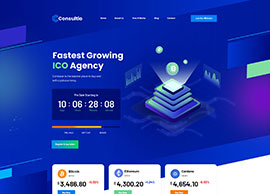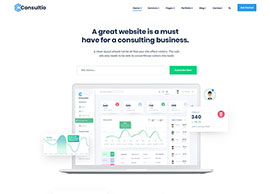Predictive Analytics: Player Lifetime Value and Retention Modeling
As the gaming industry continues to evolve, game developers are under pressure to create engaging experiences that keep players coming back for more. One of the key challenges in achieving this goal is understanding player behavior and predicting which players will stick around long-term. This is https://limitless-casinos.nz/en-nz/ where predictive analytics comes in – a powerful tool for forecasting player lifetime value (PLV) and retention.
What is Predictive Analytics?
Predictive analytics is a branch of data science that involves using statistical models to forecast future outcomes based on historical patterns and trends. In the context of gaming, predictive analytics can help game developers anticipate which players will continue to play their games over time, thereby identifying opportunities for targeted marketing campaigns, in-game events, and loyalty programs.
Player Lifetime Value (PLV)
Player lifetime value is a fundamental concept in customer lifetime value analysis that measures the total revenue generated by an individual player during their entire gaming experience. PLV takes into account the player’s behavior, such as frequency of play, average session length, and in-game purchases, to estimate the long-term potential for generating revenue.
Calculating PLV
The formula for calculating PLV is:
PLV = (Total Revenue per Player / Average Time Between Purchases) x Number of Players
However, this basic calculation only provides a rough estimate of an individual player’s value. To get a more accurate picture, game developers can incorporate predictive analytics models that consider various factors such as:
- Demographic data
- In-game behavior
- Session length and frequency
- Purchasing history
- Referral activity
Predictive Modeling for Player Retention
Retaining players is crucial to increasing revenue, and predictive modeling can help game developers identify which players are at risk of churning. By analyzing historical data on player behavior, game developers can build models that forecast the likelihood of retention based on various factors such as:
- Time spent playing
- Frequency of play
- In-game progress
- Engagement metrics (e.g., time between sessions)
Segmenting Players with Predictive Modeling
Players exhibit unique characteristics and behaviors, making them harder to manage in a one-size-fits-all approach. By applying predictive modeling techniques such as clustering, decision trees, or neural networks, game developers can segment their player base into distinct groups based on shared attributes. This allows for targeted interventions tailored to the specific needs of each group.
Targeted Interventions and Personalization
Once players are segmented, game developers can employ various strategies to encourage retention and boost revenue. These might include:
- Personalized messaging and offers
- Customized in-game rewards and challenges
- Dynamic difficulty adjustment
- Exclusive content or events
Measuring Model Performance
As with any predictive model, it’s essential to evaluate its performance over time using metrics such as accuracy, precision, and recall. Regular evaluation helps identify areas for improvement, ensuring that the model remains effective in predicting player behavior.
Challenges and Limitations
While predictive analytics has revolutionized the gaming industry, there are challenges associated with implementing these models:
- Data quality and availability
- Model complexity and interpretability
- Balancing business goals with player experience













































